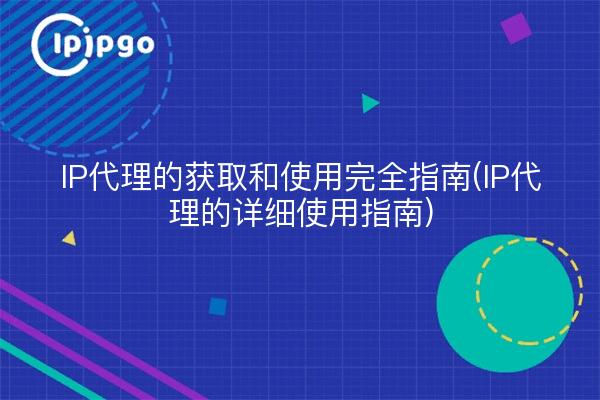
IP Proxy Acquisition
IP proxies play a very important role in network security and data collection. By using IP proxies, users can hide their real IP addresses, bypass website restrictions and protections, as well as acquire the data they need. The following section describes how to get an IP proxy.
Buy Paid IP Proxy
There are many providers offer paid IP proxy services, users can choose different types and regions of IP proxy according to their own needs, after paying for the corresponding IP address and port, it is very convenient to use.
"`ipipgothon
import requests
proxies = {
"http": "http://username:password@ip_address:port",
"https": "http://username:password@ip_address:port"
}
r = requests.get("http://example.com", proxies=proxies)
“`
Using a Free IP Proxy
In addition, there are some free IP proxy providers, users can crawl scripts or manual way to get free IP proxy address, but need to pay attention to the stability and security of the free IP proxy, use with caution.
Use of IP Proxy
Once you've acquired the IP proxies, the next step is how to use them properly.
Setting up a proxy
When making a network request, you can set the IP proxy address and port into the request, such as using Python's requests library, you can set it through the proxies parameter, the specific code example above.
Rotation of IP proxies
In case of large-volume data collection or the need for frequent IP switching, you can prepare multiple IP proxies to be used by timing or random switching to avoid a single IP being blocked or restricted from access by certain websites.
With the above guide to obtaining and using IP proxies, I believe readers have a deeper understanding of IP proxies and can use them more flexibly in practical applications to protect personal privacy and perform data collection.








